When comparing tallow vs lard for the first time, it can be hard to know which one to use. Is tallow better for candles or cooking? Is lard best for lotions or pie crusts? If you’re wondering this, you’re in the right place!
Tallow and lard have been common ingredients in kitchens for centuries and they are starting to make a big comeback! However, each one has unique qualities that are best used for certain purposes.
In this article, we’ll chat about the differences between tallow and lard, and which scenarios they are best used in. By the end, you’ll feel confident in how to incorporate them at your homestead. Let’s dive in!
*If you missed our discussion about the fascinating history of saturated fat and where it stands today, definitely read my article Tallow and Lard: The Saturated Fat Controversy!
*Disclosure: This post may contain affiliate links to products (including Amazon). I’ll earn a small commission if you purchase through my link, at no additional cost to you! Regardless, I only link to products that I personally use on our homestead or believe in.
All About Tallow
What is Tallow?
Tallow is simply raw beef fat (also called suet) that has been rendered, or cooked down using low heat. This process removes impurities and creates a shelf-stable product. It is solid at room temperature.
Taste
Tallow has a savory and mild beef flavor, so keep that in mind when you are deciding which fat to use with your dish. It’s an excellent pairing to meat and veggies, but not so great in pies or pastries.
Uses
Tallow has a higher saturated fat content than lard, so it is excellent at creating crispy textures when pan-frying vegetables or meat. Hellooooo crispy fries!
Did you know that tallow was used in the McDonalds fryers when they first opened in the 1940s? Once tallow was labeled as a “cause” for high-cholesterol, they switched to the “heart healthy” vegetable oil and added “natural beef flavor” to it. Are we healthier as a result? Absolutely not.
Tallow has a hard, grainy texture at room temperature, so it’s not a suitable choice for pastries and baked goods. However, because it is more solid than lard, it makes excellent candles and bars of soap! Don’t miss my article on How to Make Tallow Candles!
Thankfully, tallow is finally making a comeback as a natural ingredient in lotions, balms, and chapsticks. Tallow is more biologically similar to our skin than plant oils, which makes it incredibly nourishing! It also contains antioxidants, which can reduce oxidative stress and signs of aging.
Ready to give some a try? Definitely check out my DIY Whipped Tallow Balm article. If you’d like to try some before you make it, I highly recommend Toups & Co (use my code THRD10 for 10% off!). Their products are AMAZING!
How long does tallow last?
If stored in an airtight container, tallow will keep for 4-6 months at room temperature, a year in the refrigerator, or indefinitely in the freezer.
All About Lard
What is lard?
Lard is simply raw pork fat that has been rendered using low heat. This process removes impurities and creates a shelf-stable product. Most raw pork fat is sourced from around their kidneys (“leaf fat”), but a decent amount can be found underneath their skin as well (“back fat”). Lard is semi-solid at room temperature.
Taste
If rendered correctly, lard should be nearly colorless, tasteless and odorless. Lard can honestly be used in just about anything, but is highly prized in baking due to its neutral flavor and malleable texture. Of note, leaf fat is generally milder in flavor than back fat, which can have a “porkier” flavor.
Uses
Lard is typically lower in saturated fat than tallow, which makes it a softer and more pliable product. It has a texture similar to the trans-fat-laden Crisco, which was the product released in 1911 as its “heart healthy” cholesterol-free replacement.
Due to lard’s pliable consistency and neutral flavor, it is well known for making the best pastries and pie crusts. It’s also easy to spread in baking dishes and pans to keep food from sticking.
*Are you curious about the history of Crisco and how it took over America? It’s a fascinating story of smart marketing and persuasion. You can read more about it from The Weston A Price Foundation’s article: The Rise and Fall of Crisco.
How long does lard last?
If stored in an airtight container, lard will keep for 4-6 months at room temperature, a year in the refrigerator, or indefinitely in the freezer.
Tallow vs Lard: Which One Should I Use?
There are many different uses for tallow and lard. Due to their unique properties, each one excels at different things. Let’s break it down!
Cooking
Pastries and Pie Crusts
Lard is the clear winner here due to its neutral flavor and pliable texture. This is such a classic way to make the best, flaky pie crust! Definitely give it a try!
Pan Frying, Roasting and Broiling
Both tallow and lard can be used for pan frying, roasting, and broiling. I like to pair the corresponding fat with what I’m cooking (use lard when cooking pork and tallow when cooking beef).
However, keep in mind that lard’s smoke point is only 370 degrees and tallow is a bit higher at 400 degrees. If you’re pan-frying, roasting, or broiling with an aggressive temperature, tallow may be a better choice.
Deep-Frying
Since deep-frying temperatures are typically between 350-375 degrees, tallow would be the most suitable choice due to its higher smoke point of 400 degrees. Lard would most likely start to oxidize, causing an increase in free radicals.
Greasing Pans
Before the introduction of non-stick sprays, every kitchen used animal fats to grease pans and baking dishes. Lard has a wonderfully smooth and pliable texture that makes for easy spreading. On the other hand, it’s also easy to break off a block of tallow, hold it in your fingers, and smear it around the pan – my favorite!
Soap
Lard makes a hard, long-lasting bar with stable, creamy lather. Tallow has the same properties as lard, except it also has cleansing properties similar to coconut oil. While both tallow and lard can be used for soap making, tallow is the most traditional choice.
Skin Care
Both tallow and lard can be used in skin care products, but tallow is my favorite here. That’s because tallow has a wider range of nutrients and antioxidants to nourish and protect your skin.
Tallow is also rich in oleic acid, palmitic acid, and stearic acid – all known for their abilities to deeply penetrate the skin and prevent water loss from the skin’s surface.
Want to give it a try? Definitely check out my DIY Whipped Tallow Balm recipe! It is luxuriously soft and deeply nourishing.
Candles
The type of fat you want to use for candles depends on the type of candle you are making.
- If you are making a pillar or dipped candle, you’ll want to use tallow since it has a more solid texture and will maintain its shape. Lard tends to melt rapidly and will make a mess if you light it in candlestick form.
- If you are making container candles, then either tallow or lard can be used.
Don’t miss my tutorial on How to Make Tallow Candles! They are seriously SO easy to make, and toxin-free!
Where Can I Find Tallow or Lard?
Here’s the important part – make sure that you are sourcing organic, grass-finished tallow or organic, pasture-raised lard from a farmer that you trust.
Toxins are stored in fat. Therefore, if you’re using tallow from a cow that was stuck in a feedlot, eating corn sprayed with herbicides, and being injected with antibiotics… you’re rendering down a high toxin load to be rapidly utilized in your own body. The same goes to pigs that live their life in a crowded building and are fed inflammatory grains. No thanks!
We get suet (raw beef fat) and leaf fat (raw pork fat) from our favorite local CSA and render it down ourselves. It’s pretty darn easy and it’s a great way to save money as well.
Not sure how to render down tallow or lard? Check out my article Rendering Fat: How to Make Tallow, Lard, and Schmaltz to guide you through every step or watch my YouTube video!
If you aren’t already connected with a local CSA, I’d recommend checking out FarmMatch, Local Harvest or the USDA Agricultural Marketing Service to see if you can find one near you!
When you are CSA shopping, confirm they are offering organic and grass-finished for beef and pasture-raised for pork. Finding a CSA that offers other products that you might be interested in (eggs, raw milk, wool, etc!) is a bonus! That way the CSA can become a one-stop-shop for you!
Don’t Have Time to Hunt Some Down?
You’re busy, I get it! While partnering with local farmers is the best option and something to work toward, sometimes you just need to start somewhere. I’d recommend the following products:
The Homesteading RD's Product Picks: | |
Sourced from pasture-raised pigs on small family farms. Never hydrogenated, deodorized, or bleached. No BHT used. Pigs are Organically Certified by USDA. Free range, antibiotic-free, with no added hormones. Inhumanely raised CAFO pork is never ever used. | |
The original non-hydrogenated, 100% grass-fed/grass-finished beef tallow sourced exclusively from sustainable U.S. small family ranches. Excellent for traditional and homestead cooking fat, high-end skin care, soap-making, and candle-making. | |
Conclusion
The bottom line: both tallow and lard are awesome! Tallow and lard are making a major comeback and I hope you’re feeling more confident in using them now. Not only are they nutrient-dense options when coming from an organic, pastured animal, but they offer a sustainable and local option as well.
Being able to opt out of imported oils and support a local farmer brings me a lot of joy. So does utilizing the whole animal; a true nose-to-tail strategy! Cherishing every part of that animal is essential.
You really can’t go wrong choosing between tallow vs lard! Since they each excel at different things, I like to keep them both on hand. Give them a try!

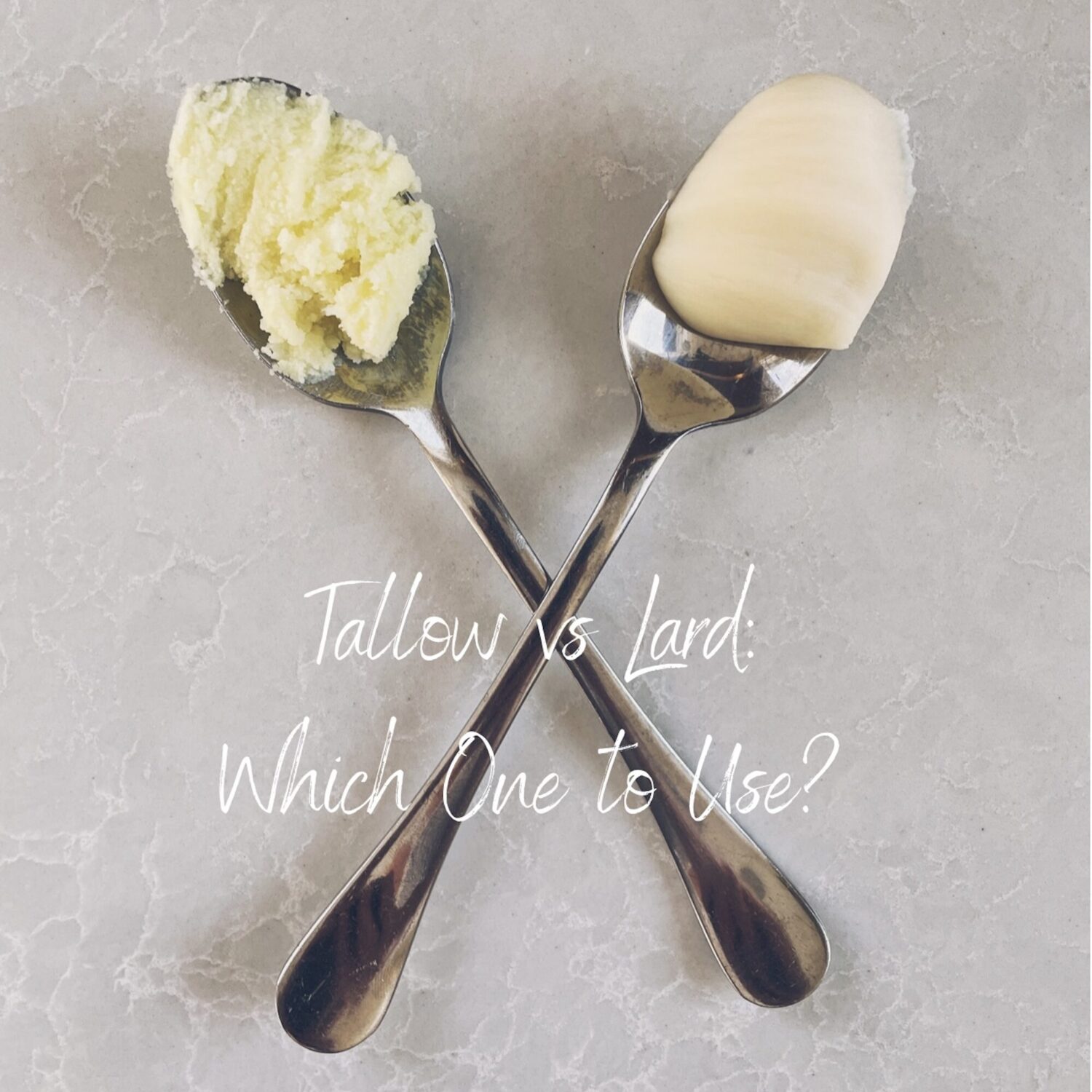
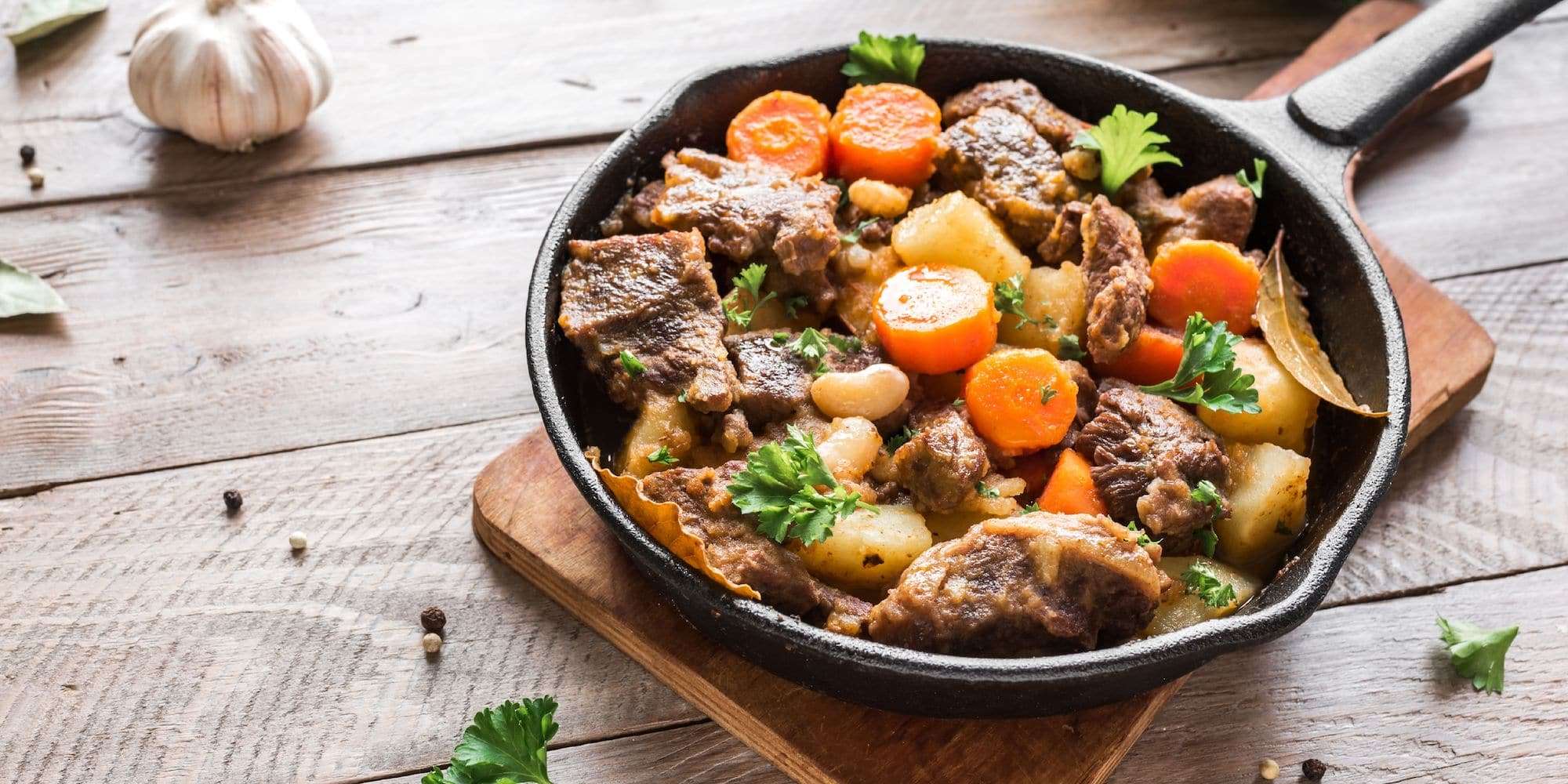
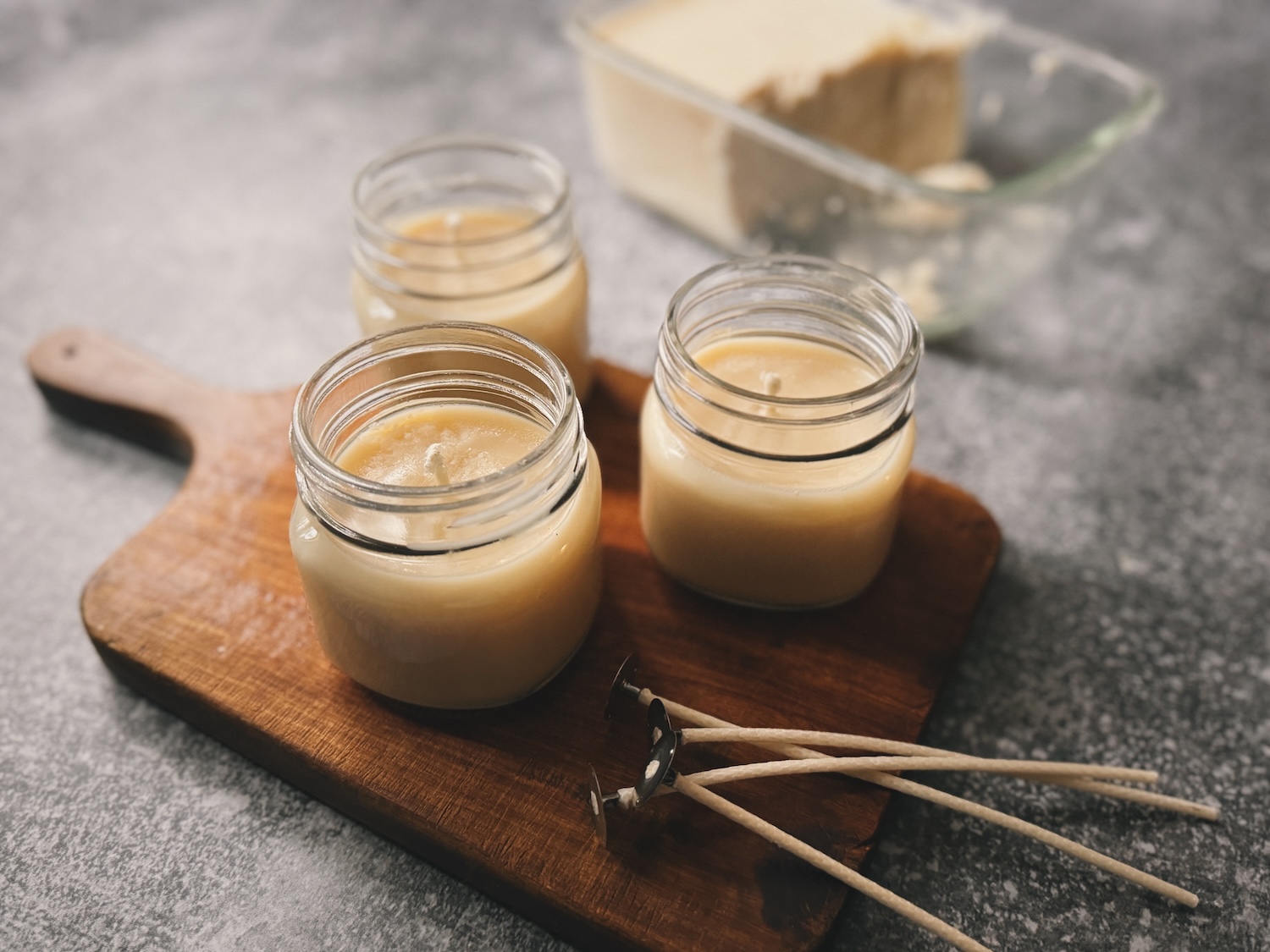
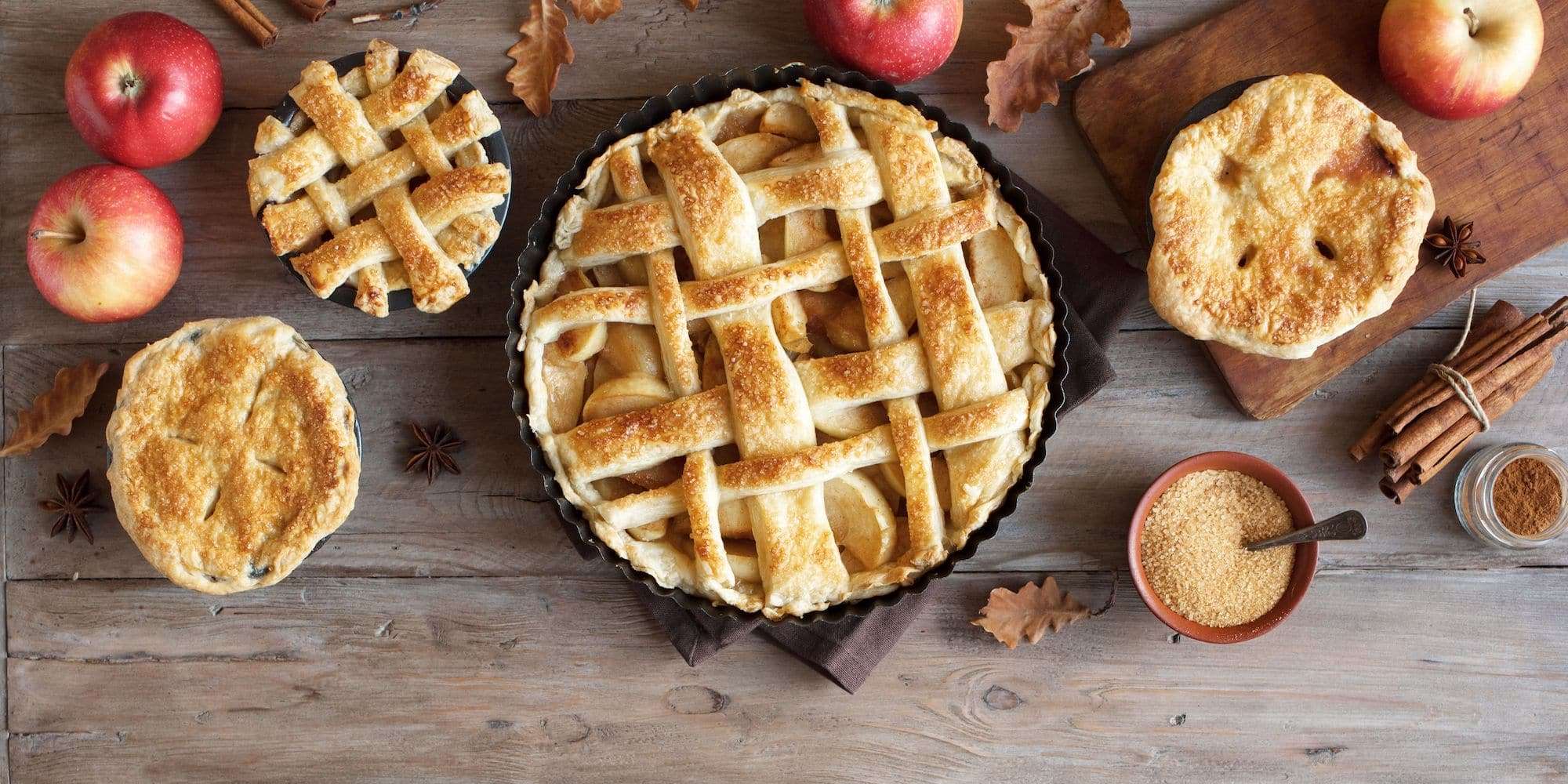
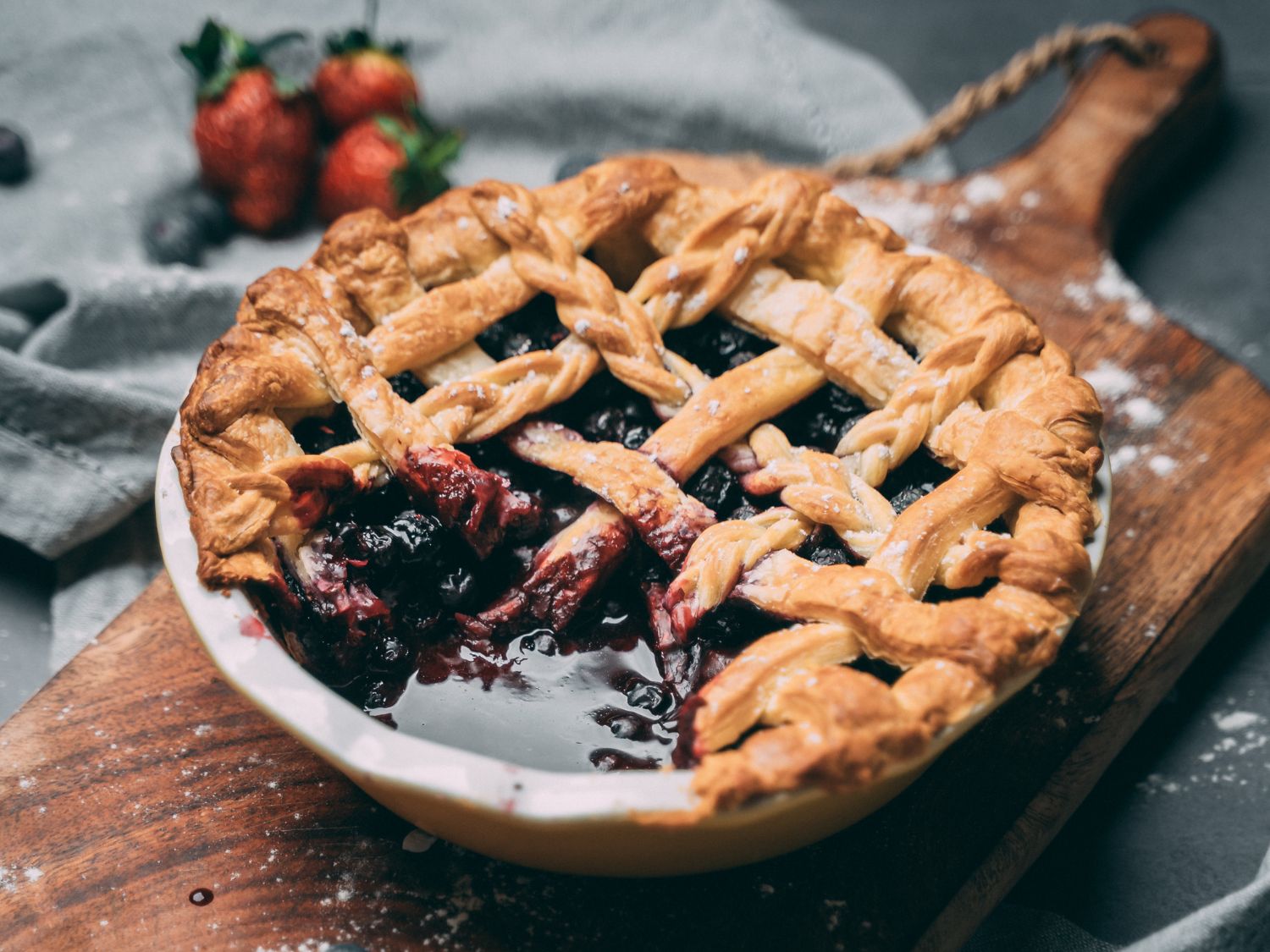
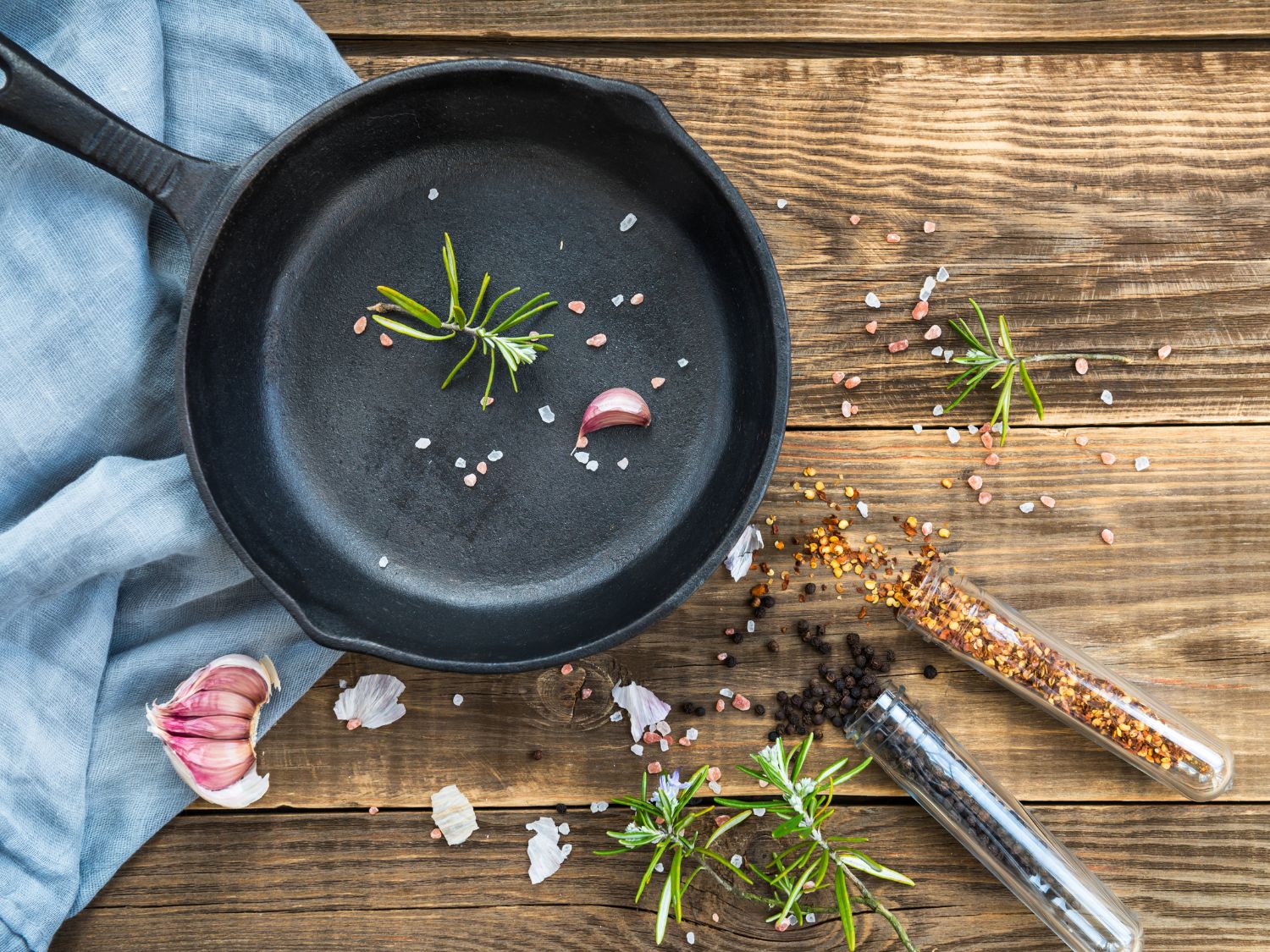
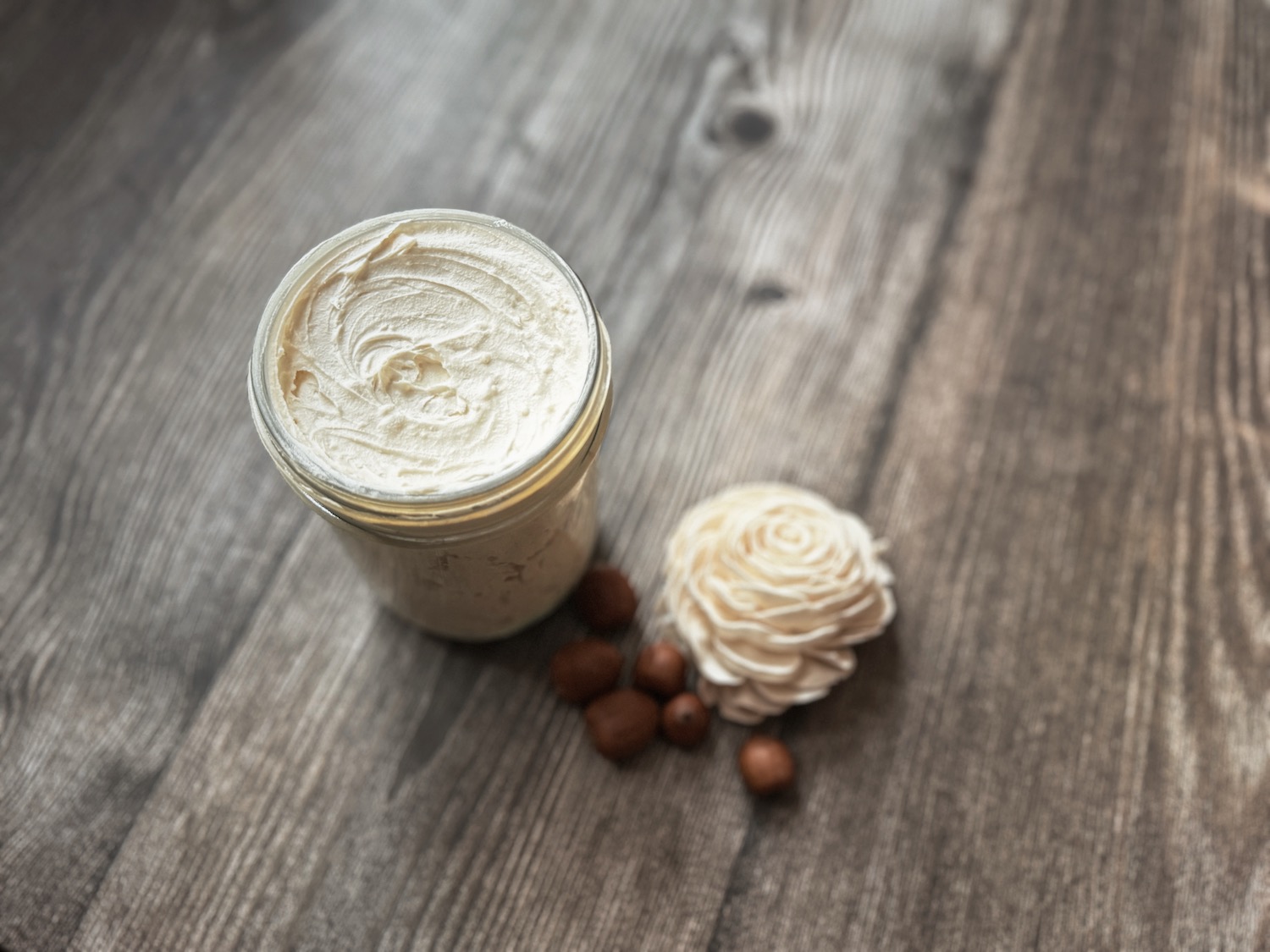
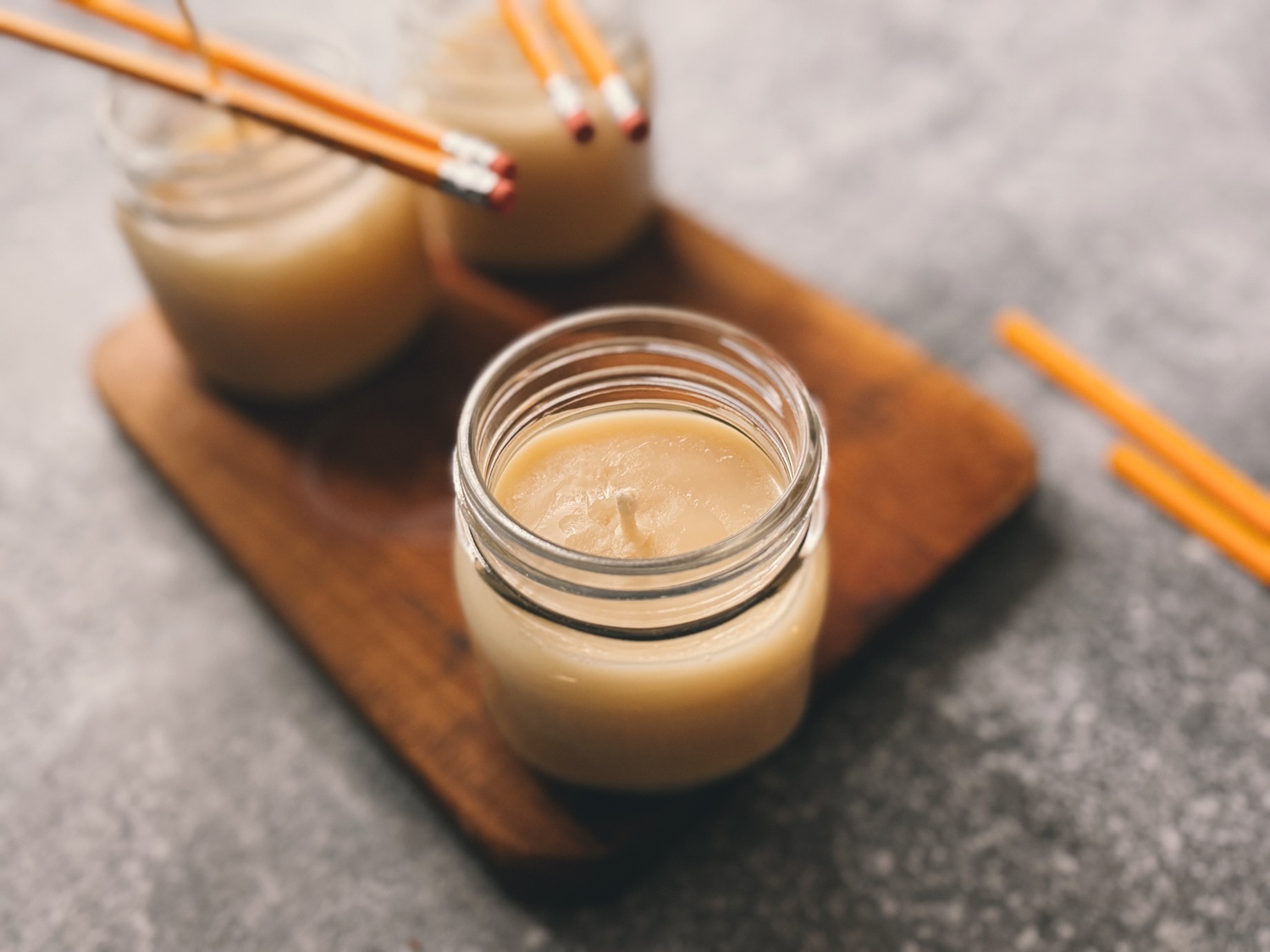




a very interesting read! thanks
You’re welcome! Thanks for reading 🙂
This is brilliant! I really appreciate the time and effort you put into this post I could never understand the difference between the two and what their best for and now I do, thank you!
You’re so welcome! I’m glad you found it helpful 🙂